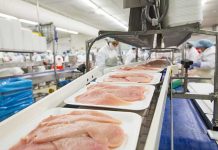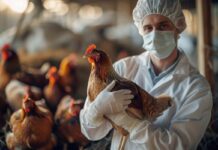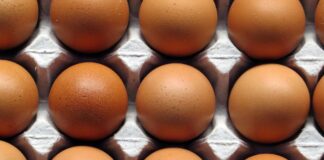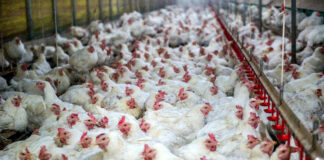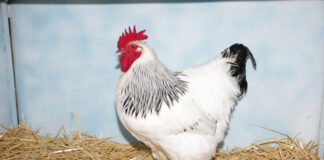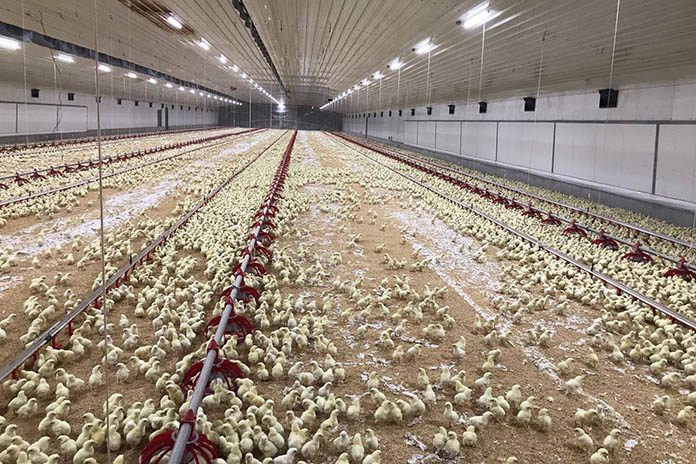
Global warming has become one of the most discussed topics in the last decade. Greta Thunberg, an almost unknown Swedish girl, became an international superstar and a legitimate Nobel prize candidate as the climate change debate took center stage.
The rise in average temperatures has a direct impact on all aspects of life, including farming. For example, it was recently reported that global warming was threatening the traditional production of some of France’s most famous cheeses due to increasingly frequent extreme weather affecting how much fresh local grass French cows eat.
Farming is not only impacted by climate change but is also often accused of being a main contributor to environmental damage. As growing food and raising animals requires a lot of energy and resources, agriculture is often accused of being responsible for major greenhouse gas emissions.
According to the United States Environment Protection Agency, only 6.9 percent of greenhouse gasses generated in the US comes from agriculture. The American poultry sector is responsible for only a small fraction (0.6%) of all greenhouse gas emissions coming from agriculture compared to beef cattle (37%) and dairy cattle (11.5%).
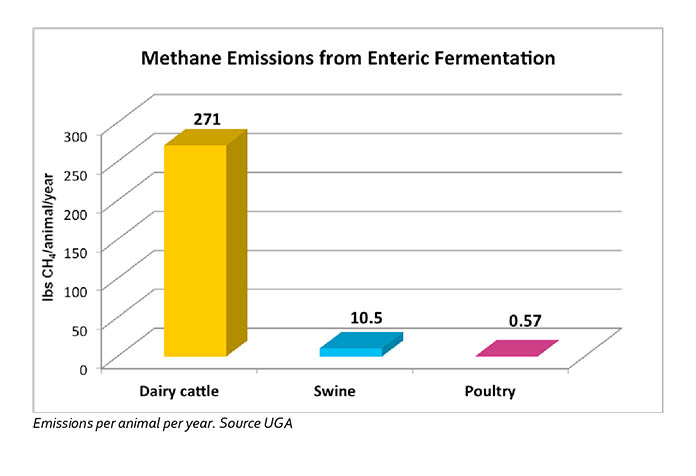
Poultry’s share
Despite its marginal impact, it is worth taking a closer look at how poultry production contributes to greenhouse gas emissions and try to understand what can be done to reduce its impact. Scientists from the University of Georgia (UGA) conducted in depth research on this question.
Claudia S. Dunkley, a poultry scientist at UGA analyzed the issues behind global warming and its connection to poultry farming. She concluded that from all indication, most emissions generated from the poultry industry occurred during the production stage (i.e., the grow-out, pullet and breeder farms).
According to her research paper, the two main sources of greenhouses gases from poultry farming are:
- Fossil fuels – These sources of energy are used to heat the farm and power ventilation and lighting. Sixty-eight percent of emissions from broiler and pullet farms (which require heating) come from burning propane and some 20% from electricity.
- Manure and its treatment – The amount of greenhouse gas emitted from manure (litter) depends on how it is treated and disposed of.
What can be done
Clearly, the main way to reduce emissions from poultry production is to reduce fossil fuel use. The best way to do this, while improving feed conversion and getting better results, is to have a well-designed, tight and well-insulated shed.
When purchasing a shed, it is important to not just look at the price but also at the details. What is the “r-value of the insulation? Will the insulation maintain its r-value over time? Is the shed designed to prevent thermal bridges? Is the shed tight? Has the shed been optimized to allow free air flow (clean skin).
The usage of well-designed ventilation equipment is also very important. The farmer must check that circulation films are properly positioned and controlled to reduce heating costs (as well as facilitating dry litter). Good, well-positioned air inlets are very important.
Farmers should also consider that there is a wide variety of exhaust fans and a big difference in quality, translating into huge differences in their efficiency.
Regardless of how one feels about global warming, farmers who take steps towards reducing the carbon footprint will not only reduce energy usage but will also save money and present a much better bottom line.


